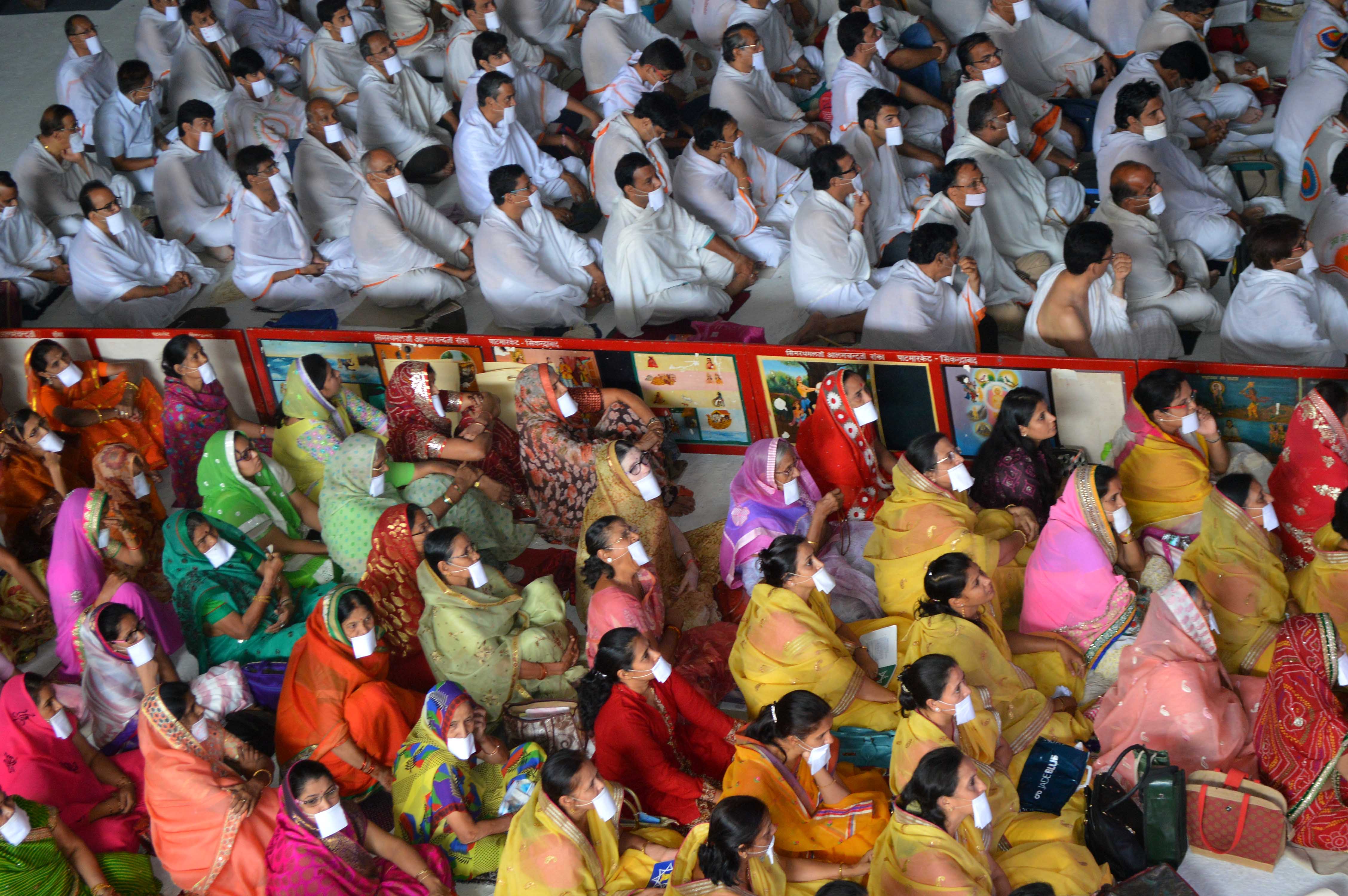Nerve fibre loss and an increase in key immune (dendritic) cells on the surface of the eye (cornea) may be an identifying feature of ‘long COVID’, suggests a small study published in the British Journal of Ophthalmology.
These changes were particularly evident among those with neurological symptoms, such as loss of taste and smell, headache, dizziness, numbness, and neuropathic pain, following COVID-19 infection, the findings show.
Long COVID is characterised by a range of potentially debilitating symptoms which continue for more than 4 weeks after the acute phase of the infection has passed and which aren’t explained by an alternative diagnosis.
Around 1 in 10 of all those with COVID-19 infection will develop long COVID, and it has been suggested that small nerve fibre damage may underlie its development.
To explore this further, the researchers used a real time, non-invasive, high-resolution imaging laser technique called corneal confocal microscopy, or CCM for short, to pick up nerve damage in the cornea.
The cornea is the transparent part of the eye that covers the pupil, iris, and the fluid-filled interior. Its main function is to focus most of the light entering the eye.
CCM has been used to identify nerve damage and inflammatory changes attributable to diabetic neuropathy, multiple sclerosis, and fibromyalgia (all over body pain).
Forty people who had recovered from confirmed COVID-19 infection between 1 and 6 months earlier completed a National Institute of Health and Clinical Excellence (NICE) questionnaire to find out if they had long COVID.
This questionnaire consists of 28 items in nine domains including generalised, respiratory, cardiovascular, neurological, musculoskeletal, psychological/psychiatric, gastrointestinal, dermatological, and ear, nose and throat symptoms, with a total score ranging from 0 to 28.
Neurological symptoms were present at 4 and 12 weeks in 22 out of 40 (55%) and 13 out of 29 (45%) patients, respectively.
Participants’ corneas were then scanned using CCM to look for small nerve fibre damage and the density of dendritic cells. These cells have a key role in the primary immune system response by capturing and presenting antigens from invading organisms.
The corneal scans were compared with those of 30 healthy people who hadn’t had COVID-19 infection.
Twenty two (55%) of the 40 COVID patients had no clinical signs of pneumonia; 11 (28%) had clinical signs of pneumonia not requiring oxygen therapy; four (10%) had been admitted to hospital with pneumonia and received oxygen therapy; and three (8%) with pneumonia had been admitted to the intensive care.
The corneal scans revealed that patients with neurological symptoms 4 weeks after they had recovered from acute COVID-19 had greater corneal nerve fibre damage and loss, with higher numbers of dendritic cells, than those who hadn’t had COVID-19 infection.
Those without neurological symptoms had comparable numbers of corneal nerve fibres as those who hadn’t been infected with COVID-19, but higher numbers of dendritic cells.
The questionnaire responses indicative of long COVID symptoms correlated strongly with corneal nerve fibre loss.
This is an observational study, and as such, can’t establish cause. The researchers also acknowledge several limitations, including the relatively small number of study participants. the absence of longer term monitoring, and reliance on questionnaires to establish the severity of neurological symptoms rather than more objective measures.
But they write: “To the best of our knowledge, this is the first study reporting corneal nerve loss and an increase in [dendritic cell] density in patients who have recovered from COVID-19, especially in subjects with persisting symptoms consistent with long COVID.”
They add: “We show that patients with long COVID have evidence of small nerve fibre damage which relates to the severity of long COVID and neuropathic as well as musculoskeletal symptoms.”
And they conclude: “Corneal confocal microscopy may have clinical utility as a rapid objective ophthalmic test to evaluate patients with long COVID.”
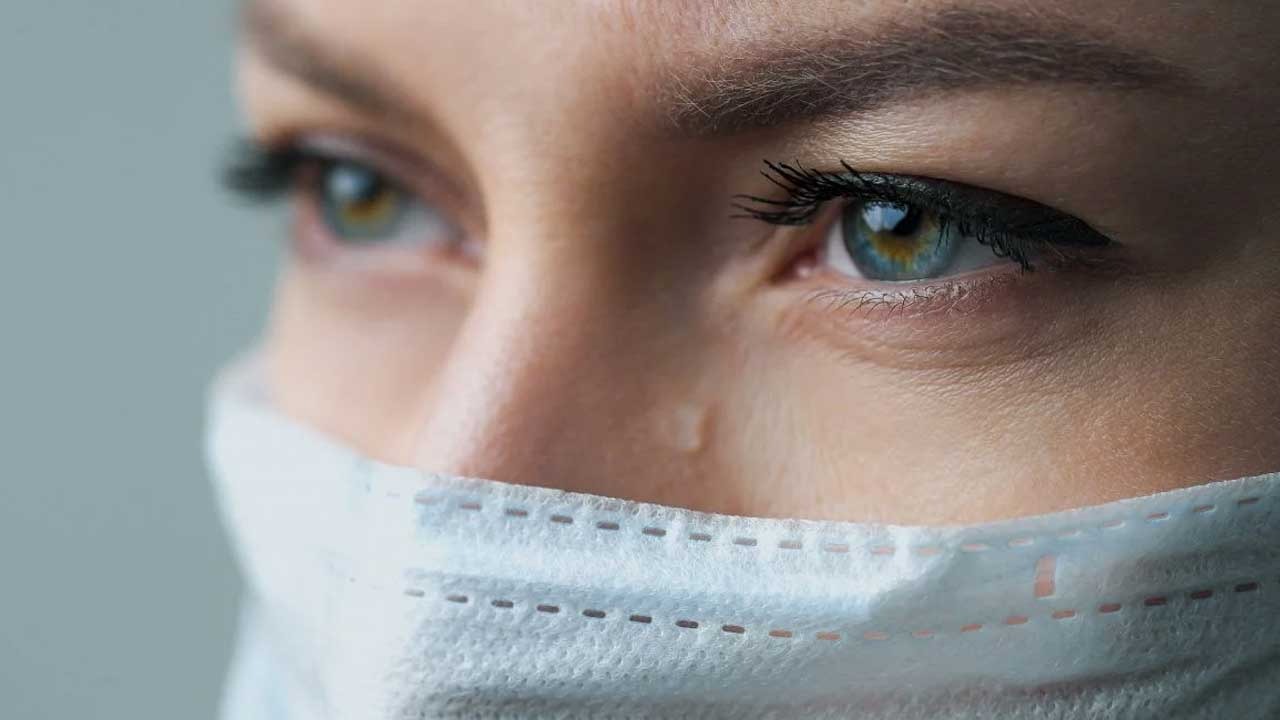
 Pattern particularly evident among those with neurological symptoms after infection
Pattern particularly evident among those with neurological symptoms after infection














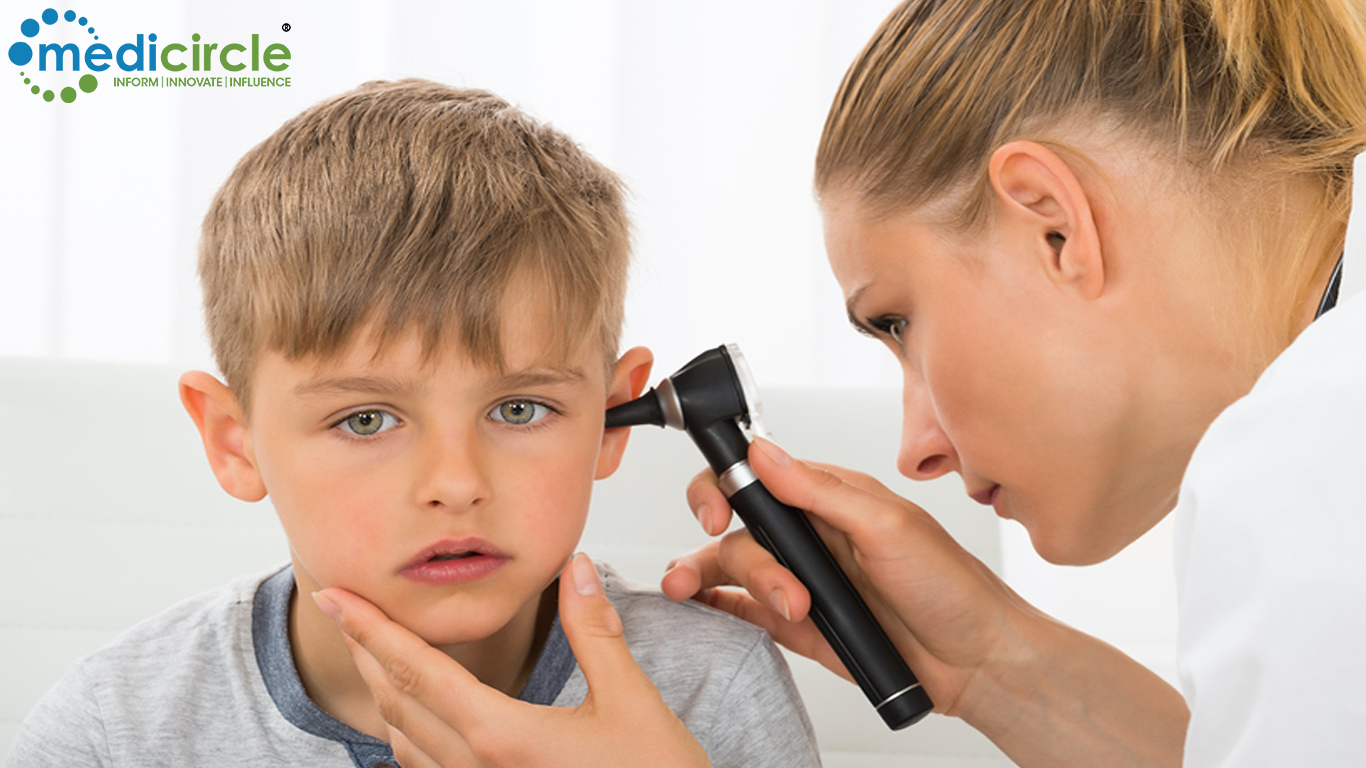
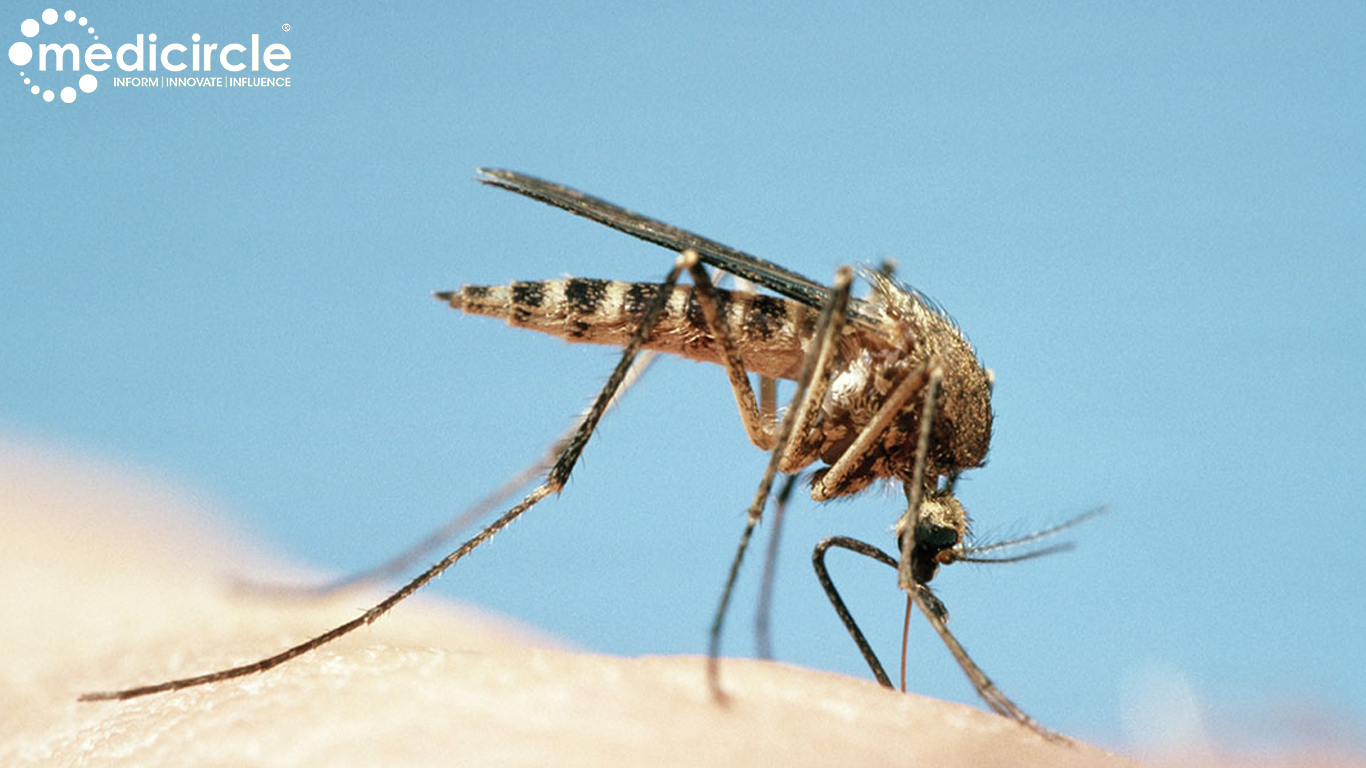
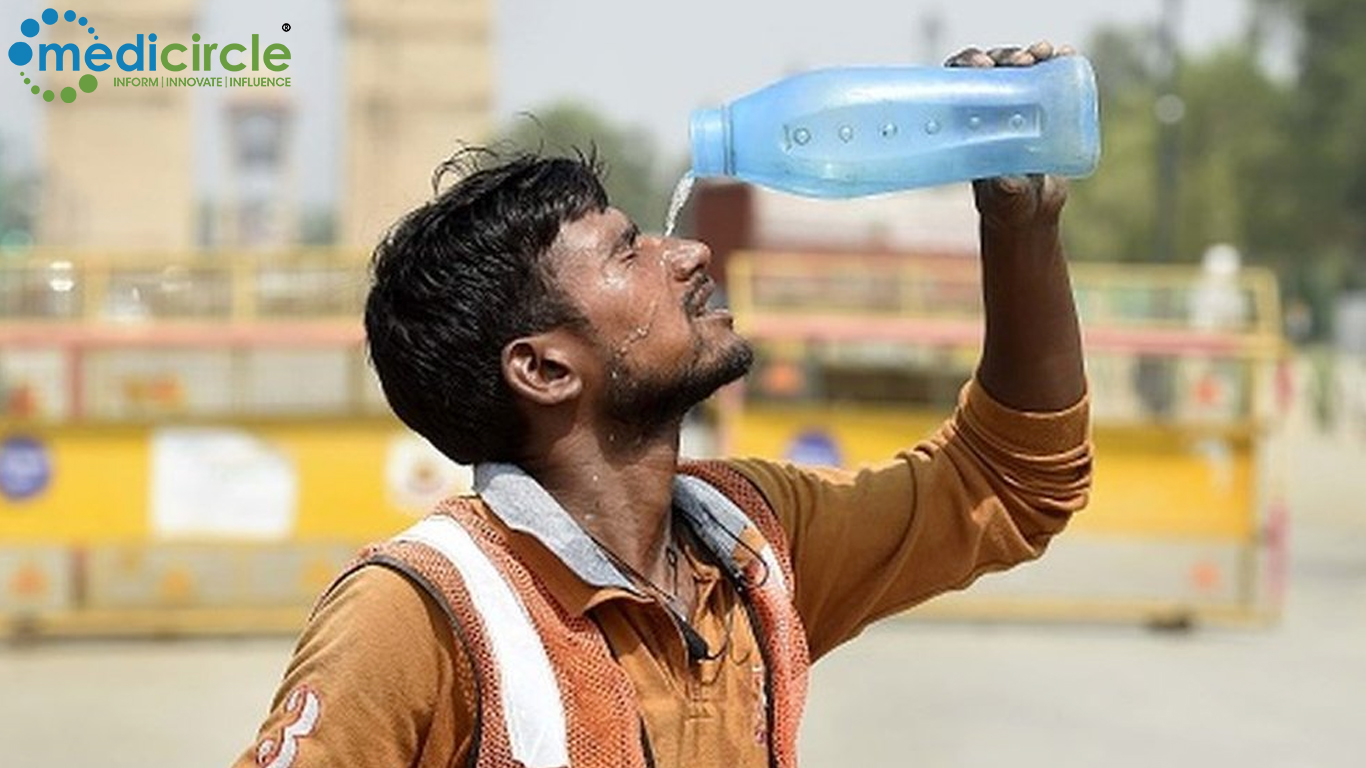




.jpeg)







